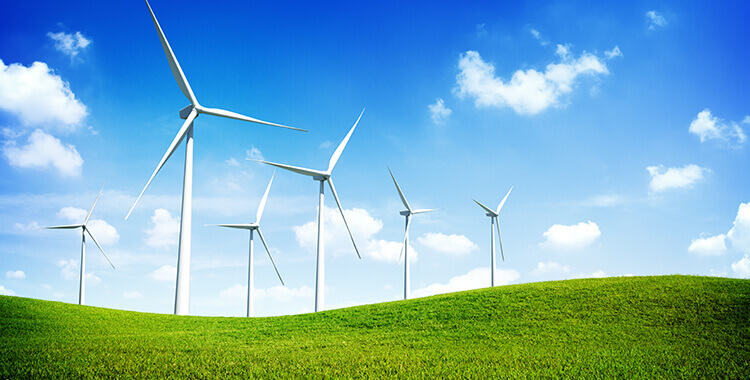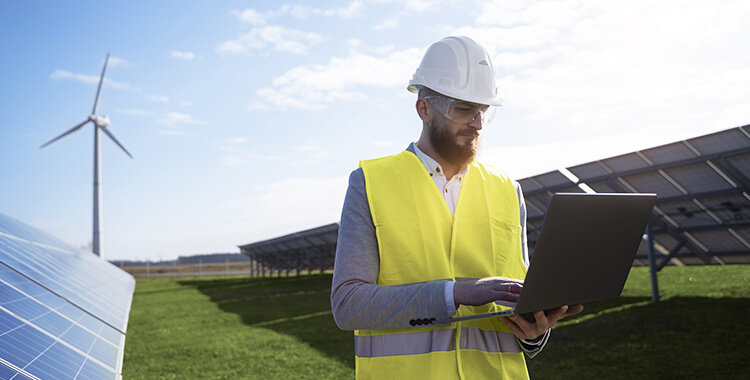Introduction
Renewable energy sources, such as solar and wind, are becoming increasingly vital in the global transition toward a sustainable future. However, the intermittent nature of renewable energy sources presents a challenge to the stability and reliability of the power grid. Energy storage plays a key role in this context. Energy storage technologies facilitate the capture and storage of surplus energy produced during periods of high renewable energy generation. This stored energy can then be released during periods of high demand or when renewable sources are not actively generating power.
Smoothing Renewable Energy Output
Renewable energy sources are subject to fluctuations due to varying weather conditions, such as cloud cover or wind intensity. This variability can lead to inconsistent power generation, making it challenging to match supply with demand. Energy storage systems, such as batteries, pumped hydro, or compressed air, help smooth out these fluctuations by storing excess energy when production is high and releasing it during periods of low production or high demand.
By integrating energy storage into renewable energy systems, the excess power generated during peak production hours can be captured and saved for later use. This enables a more consistent and reliable power supply, reducing reliance on fossil fuel-based backup systems. Smoothing out renewable energy output also improves grid stability and allows for better integration of large-scale renewable energy projects.
Time-Shifting Renewable Energy
Renewable energy sources tend to generate the highest energy output during off-peak hours when demand is relatively low. This can result in a waste of potential energy that could otherwise be used during peak demand periods. Energy storage technologies provide a solution by enabling the time-shifting of renewable energy production.
During times of low demand, excess renewable energy can be stored in batteries, pumped hydro, or other storage systems. This stored energy can then be released and utilized during peak demand periods when the power grid is under strain. By effectively time-shifting renewable energy, energy storage enhances grid flexibility, reduces the need for expensive peak power plants, and optimizes the utilization of renewable resources.
Grid Ancillary Services
Energy storage systems also provide valuable ancillary services to the power grid. They possess the ability to promptly adapt to fluctuations in demand or unforeseen variations in renewable energy generation. This flexibility allows energy storage to help balance the grid, stabilize frequency, and improve the overall reliability of the system.
For example, in situations where there is a sudden drop in renewable energy generation due to cloud cover or wind lulls, energy storage systems can inject power into the grid to compensate for the shortfall. Conversely, during periods of excess renewable energy production, storage systems can absorb the excess and prevent potential grid instability.
Additionally, energy storage technologies can support the integration of distributed energy resources (DERs) such as rooftop solar panels and small wind turbines. They can help manage the variability of DERs and optimize their contribution to the grid, thereby enhancing the resilience and efficiency of local energy systems.
Renewable Microgrids and Off-Grid Applications
Energy storage plays a vital role in enabling the development of renewable microgrids and off-grid applications. In remote areas or island communities, where connection to the main power grid may be challenging or costly, renewable microgrids combined with energy storage can provide reliable and sustainable electricity solutions.
Energy storage systems allow for a more stable and efficient operation of microgrids by balancing intermittent renewable energy generation and providing backup power during periods of low or no generation. This helps reduce reliance on fossil fuel generators, increase energy independence, and promote the adoption of renewable energy sources.
Conclusion
The growth of renewable energy sources is essential for mitigating climate change and achieving a sustainable energy future. Energy storage technologies play a pivotal role in supporting this growth by addressing the intermittency and variability of renewable energy generation. As renewable energy deployment continues to expand, further advancements in energy storage technologies will be crucial in maximizing the benefits of renewable sources and accelerating the global transition to a clean energy economy.
Encap Energy, with our expertise in energy storage solutions, can help facilitate renewable energy growth. Our innovative technologies and solutions enable efficient and reliable energy storage, ensuring a seamless integration of renewable sources into the grid. By partnering with us, renewable energy projects can benefit from optimized energy storage systems that enhance grid stability, maximize renewable energy utilization, and contribute to building a sustainable energy future.


